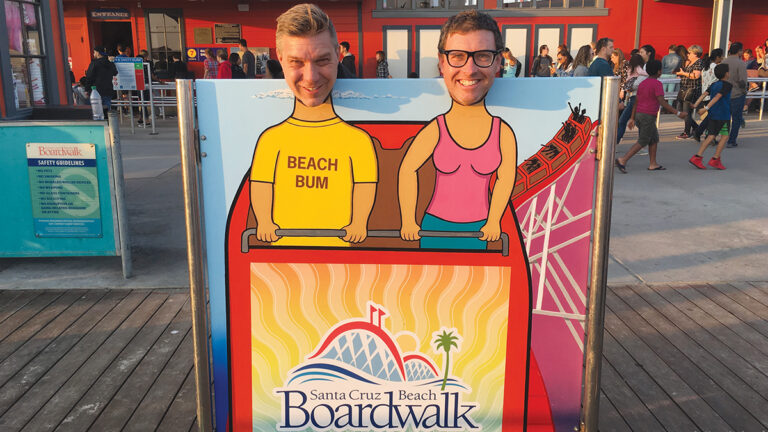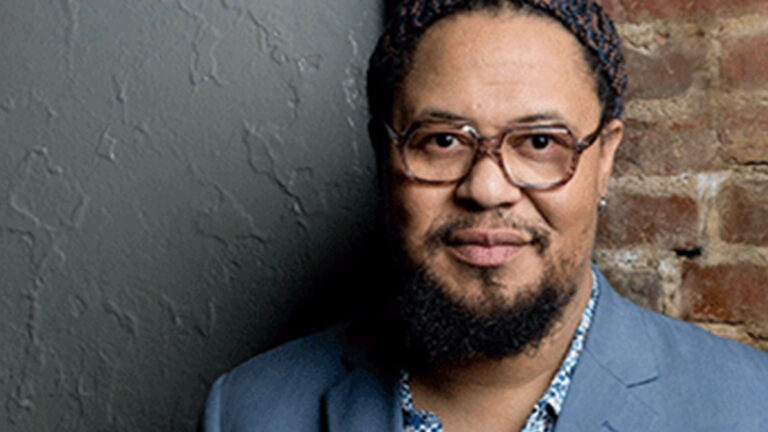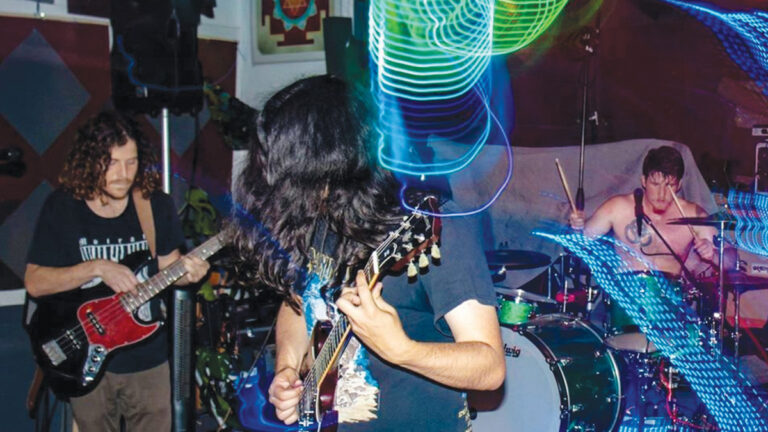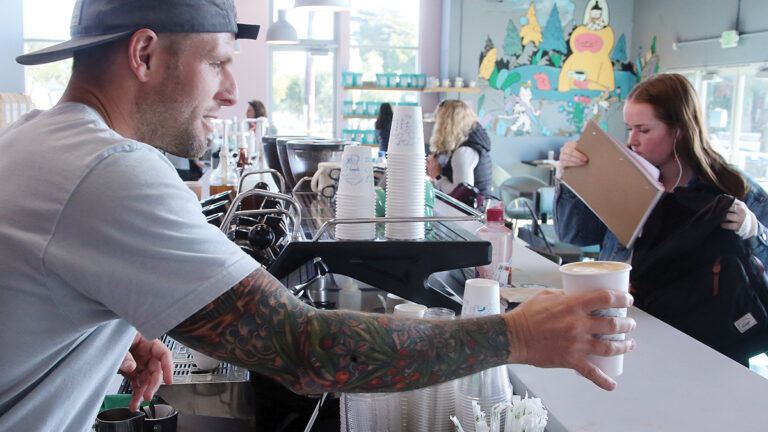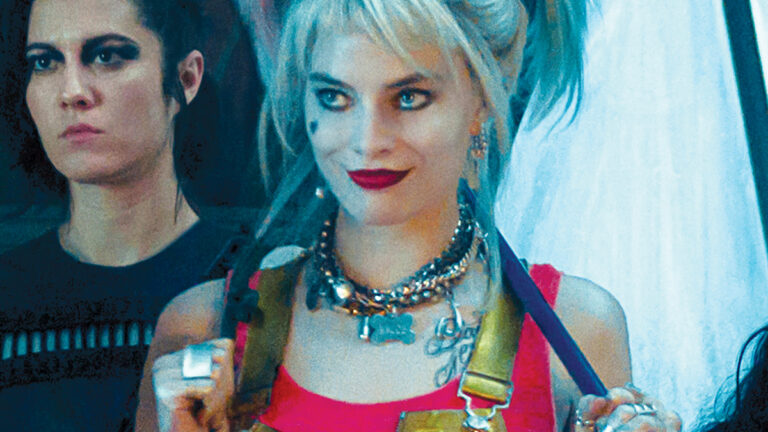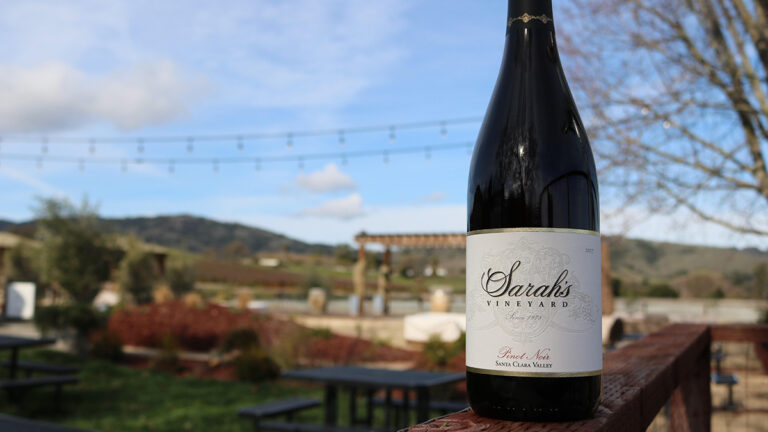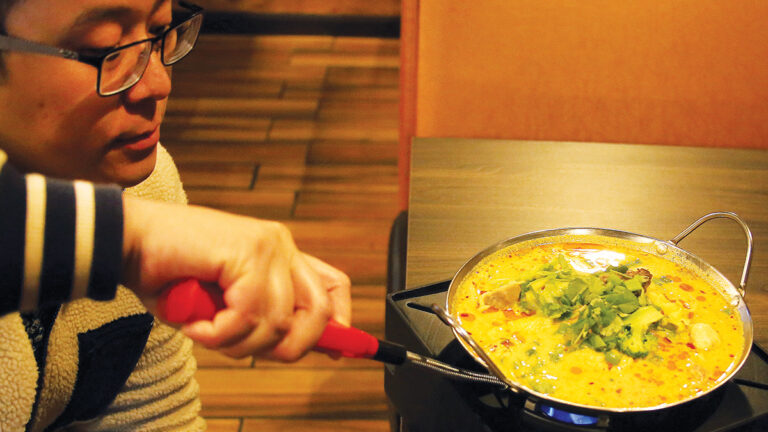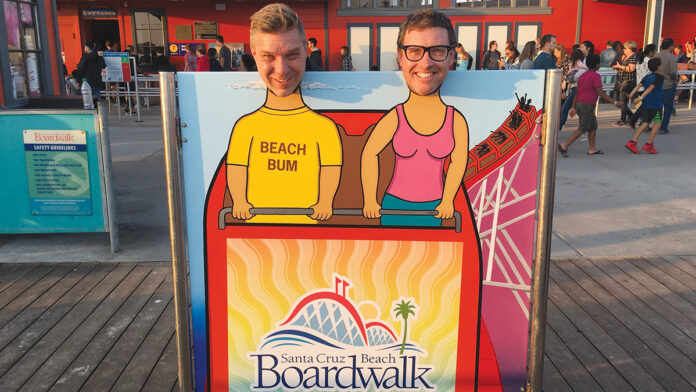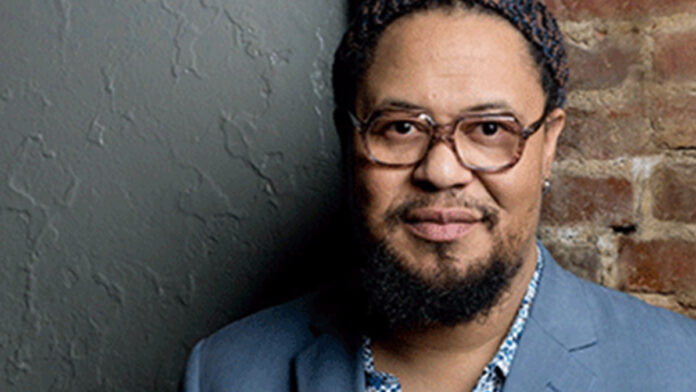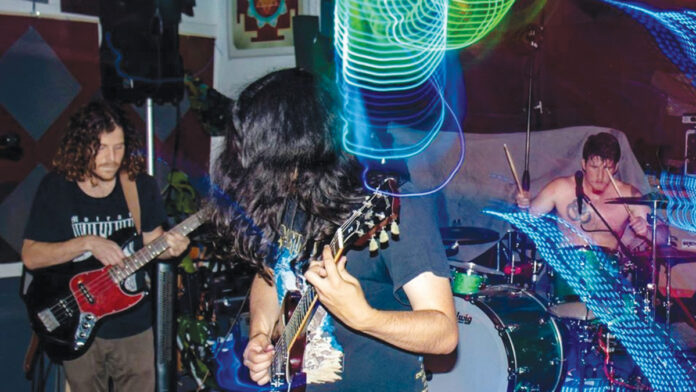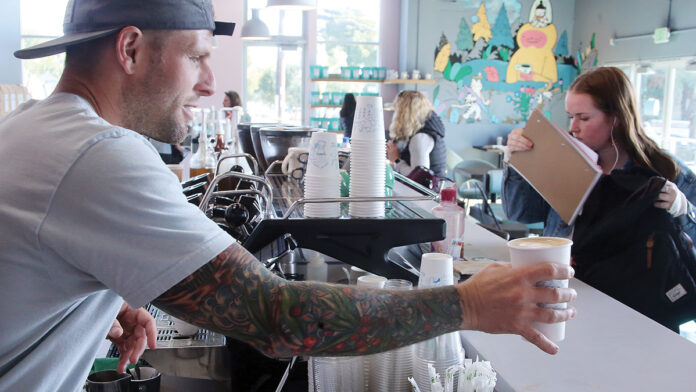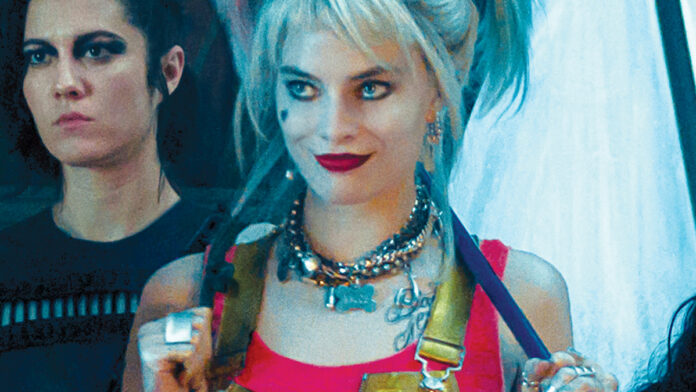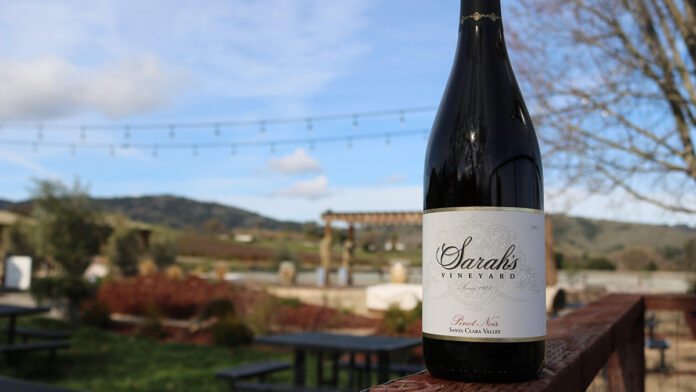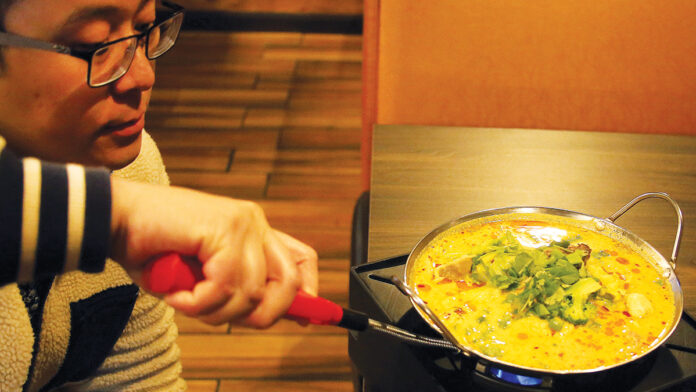Valentine’s Day this year is quite mysterious. The moon is in Scorpio. So, the gift of Valentine’s day may be quite hidden. The Scorpio moon touches Venus, Mercury, Jupiter and finally in the end, Neptune. Love and communication, lots of chocolate and then realms of unspoken realities. We hope for all of them, even if they are a bit veiled. We have no expectations. We lift the veils and find secrets. Valentine’s day is about love and always occurring in Aquarius–whose heart itself is love and wisdom (Jupiter, Ray 2).
Contact with each other, heart to heart, releases love on Valentine’s Day. Foods appropriate for a Valentine Scorpio moon are the darkest of chocolates, dark red cherries, a deep dark ruby wine.
The roots of Valentine’s Day are ancient fertility festivals held within magic circles in meadows, mountains, hill and dale. Humanity calling forth the fertility of the earth soon to be seeded and warmed by the sun. This festival brought forth thoughts of mating, breeding and procreation. Humanity’s cellular structure always reflects heavenly energies as well as earth energies. Humanity stands at the center of above, below, side to side; a cross formed.
Valentine’s Day is a seasonal, agricultural, pastoral festival of hope in the midst of winter. Celebrating this moment of time between Christmas and the upcoming Resurrection Easter festival, a natural realignment with the Earth occurs within the cells of all living creatures, a realignment that restores vitality, harmony, and through contact with nature (the most balanced kingdom), love is released worldwide. As we consciously participate in this heart festival, let us remember to “be of love a little more careful than of anything.” (E.E. Cummings). Stay connected, everyone! Below we’re reminded how each sign shows love differently.
ARIES: With passion, inclusivity, self-assertion, courage, pride and purpose. Aries can be too quick and a bit naïve when it comes to love. They are innocent and unquestioning—of course we want them if they want us! They can be very demanding. They come first, their wishes to be fulfilled immediately. They are not selfish people, just self-focused, which is their developmental task. Good luck to those with Aries people. You need patience.
TAURUS: With consistency, constancy, trust and goodwill. Ruled by Venus, they love with their hearts and minds. They don’t go to sleep without saying, “I love you.” They need contact and connectivity so they give these in relationships. They are good relationship teachers. If Taurus loves you, you belong to them. They say, “I love you because you’re mine.” It’s as simple as that. Taurus takes care of those they love.
GEMINI: With lots of talk and communication, with new ideas and great intelligence, with wit and humor. Even though they have these virtues of connectivity, they are sometimes lost, indecisive, unaware of things close at hand. So often they need help. This is how we can love them, butterflies that they are, adrift in a meadow of flowers calling to them to sip their pollen. We would be confused, too. Geminis, if you can catch them, have Venus in their hearts. They suffer at the plight of others.
CANCER: With lots of circuitous walking and talking before they hone in and become yours for life. Called moody, they are actually always trying to maintain an equilibrium between all that need to be nurtured, cared for, tended to and nourished. Cancers love intensely, with a forcefulness one sees only in the animal kingdom when the mother lion protects her young. Cancers love their home, family, children. They love protectively, tenderly, affectionately, warmly, fiercely.
LEO: Indulgently, with style, creativity, artfulness and pride. Loving (needing) the center of attention, you must either meet their attractiveness, thus adding to it, or be in the shadows (theirs) not blocking their light. This is not critical or judgmental. It’s the fact that Leos evolve through attention, praise and recognition. Then they can love from the very heart of the sun. We know the sun dominates all life, all realities here on Earth. So does Leo, unless they’re hurt. They are sensitive (like Cancer).
VIRGO: With perfection (and a touch of abandonment), in an orderly and organized fashion (unless they feel disorganized). Not often seen out and about, unless they’re walking somewhere (to eat?) for health reasons. They love to find fault so they can correct it (with love). They are seemingly composed. However, inside they quiver like a jellyfish! They hide new states of consciousness. Their love is complex, comprehensive, forever.
LIBRA: With charm, rationality, politely and harmoniously. They love with sugar on top, with magnetic allure that moves around constantly until it comes to rest, pausing long enough to see who they actually love. They choose those who can bring balance to their imbalance, light to their shadows, decision to their contradictions. They love if there are no arguments, even if they start them themselves. They are the captivating beauty of the zodiac, a hot fudge sundae.
SCORPIO: With passion, unequaled by any other sign (except Pisces). With a magical, mysterious, supernatural, unexplained and inexplicable gaze, they capture and spellbind us to believe they understand our very soul, our deepest feelings. Nothing’s hidden from them. A relationship with Scorpio is a special encounter where one experiences profound transformation, regeneration and rising like a phoenix out of the ashes. It’s a profound event! Watch their eyebrows.
SAGITTARIUS: With adventure, a bit of innocence, with joy, frankness and supreme optimism. Sometimes, unable to articulate their deepest feelings, they become philosophical, wax earnest on justice, attempt to be cheerful, end up inarticulate or clumsy and then are misunderstood. Sad. We however, learn from them if we love them. Just listen, take notes. Archers, riding white horses, clearing the path out of the jungles—their information is valuable to us someday. Follow them.
CAPRICORN: With admiration, ambition and success. Capricorn will climb mountains seeking those they love. They even turn into unicorns when love finds them. They give diamonds, they love with purpose, perceive reality behind all surfaces, and build and create structures for their loved one to live and live well in. A Capricorn’s love is hard-working, self-confident and traditional. One is really lucky to be with a Capricorn. They are the best of mates. They shine with light supernal with in love.
AQUARIUS: With a friendly sort of freedom, unusual and unique. They offer those they love freedom, because they themselves are free. Everyone’s an acquaintance. But the one they love is their deep and trusted friend. Like the tides, they have swings of emotion. At times they are the life of the party. At other times, they seek solitude for restoration. Only the unusual and very accepting can be lovers with Aquarians. They are a light that shines on Earth and across the sea.
PISCES: With devotion and the virtues of all the other signs. Theirs is an ideal love. It is said that the most devoted parents are Pisces. As lovers, they want the relationship to save the world. They want it to contain the Light of Life itself. They don’t belong on Earth. They take us away to unknown worlds. They are elusive. They hide. It takes someone very grounded, safe and trusting to catch the fish. It takes an ocean of love to keep them.



